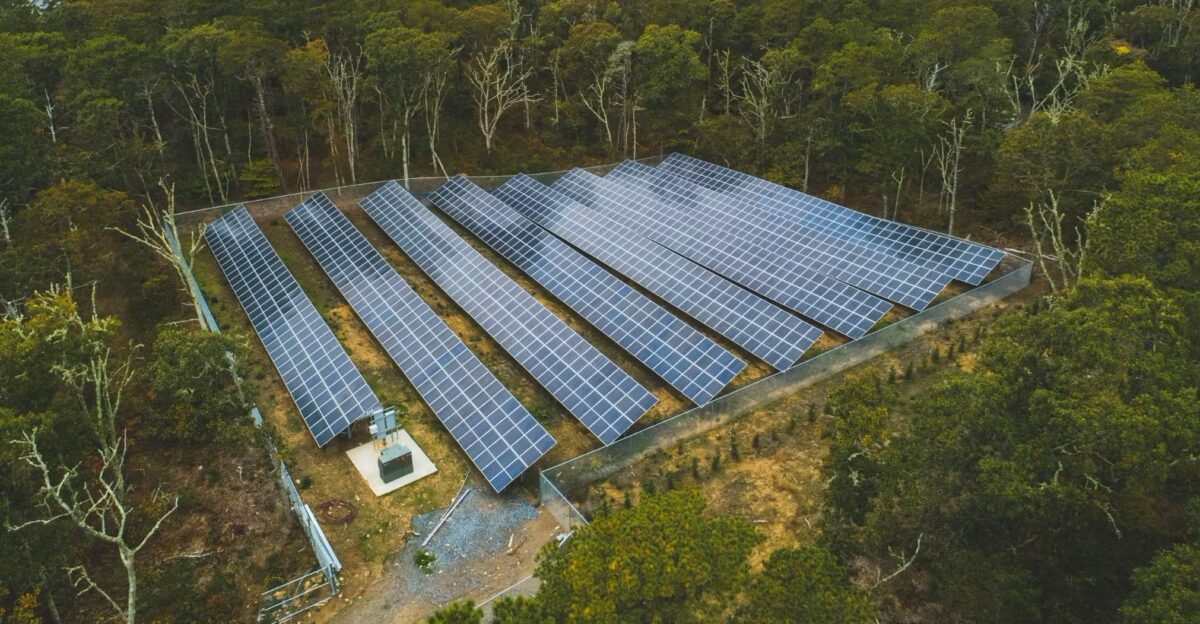Arcadia, a company that builds utility data technology to serve consumers in the community solar market, released its inaugural report on the community solar sector in 2023. The State of Community Solar report highlights the anticipated growth in an industry designed to serve all.
Community solar offers access to clean solar energy to the nearly two-thirds of Americans who do not have access to residential solar, whether it is because the don’t own their home, their roof is not positioned for solar or they cannot afford the up-front cost.
Challenges to its growth include high interest rates, increased local opposition to projects, interconnection delays, workforce issues, unfriendly regulatory environments and ongoing tariff issues between the United States and its trading partners, according to the report.
Despite these challenges, a Wood Mackenzie report expected community solar to exceed 6 GW by the end of 2023, estimating that existing community solar projects in the U.S. generate enough electricity to power 918,000 homes. The WoodMac report forecasts 118% growth over the next five years, with the Coalition for Community Solar Access (CCSA) setting a target of 30 GW by 2030, which Arcadia said is an important baseline for the growth of community solar in the years ahead.
In addition to providing clean energy to ratepayers, the growth in community solar is spurring investment in American-made products. The report points to the recent Nexamp order of 1.5 GW of Heliene solar modules to support Nexamp’s growth in the community solar sector.
In August 2022, President Biden signed into law the Inflation Reduction Act (IRA), the most significant climate bill in U.S. history, giving a boost to community (and other forms of solar) through federal tax policy. Arcadia expects to see the IRA drive more innovative business models, and cites as an example the recent nationwide partnership between Arcadia, Google, and EDP Renewables NA, a collaboration that prioritizes direct community investments. According to the Arcadia report, it will deliver utility bill savings to low- to medium-income households by connecting an estimated 25,000 households in the Midwest and Mid-Atlantic with 500 MW of distributed solar energy.
At the federal level, community solar also got a boost through several programs including : National Community Solar Partnership (NCSP), Low-Income Clean Energy Connector, Community Power Accelerator, and the American-Made Sunny Awards for Equitable Community Solar.
- NCSP focuses on disadvantaged communities by providing resources, technical assistance, and peer networking opportunities to its partners to help overcome barriers to broadening community solar access.
- Low-Income Clean Energy Connector, established by the NCSP, intends to make community solar more widely available for those participating in government-run low-income support programs.
- The Community Power Accelerator helps smaller community solar projects get off the ground, especially in underserved communities, by providing the resources and network to support the equitable distribution of capital needed to develop these projects.
- American-Made Sunny Awards for Equitable Community Solar is a prize competition that recognizes community solar projects and programs that use best practices to increase equitable access to community solar.
State programs
The Arcadia report notes important activity at the state level, including New Mexico, which adopted its first program, Maryland and New Jersey made pilot programs permanent. Other states, including Minnesota, dropped geographic restrictions that hobbled their community solar programming. California is expected to adopt a program this year.
Jobs
With the growth in community solar comes job growth, and Arcadia notes that this clean energy option creates “sustainable, good-paying jobs that can provide economic boosts to towns that need it”. The report cites a study by the University of New Mexico that predicts that its new program will generate over 1,500 jobs, totaling $58 million in labor income and $206 million in total industry economic output. The community solar industry supports 16,785 jobs as of 2022, and this number is expected to increase
Arcadia was founded in 2014 on the belief that everyone deserves access to clean energy, and reports that it manages the nation’s largest community solar portfolio with more than 2 GW of solar under management.
This content is protected by copyright and may not be reused. If you want to cooperate with us and would like to reuse some of our content, please contact: editors@pv-magazine.com.









This is a perfect time to investigate opportunities for low income, Faith based and others, who are looking for possibilities to connect with this Product to support their financial needs.